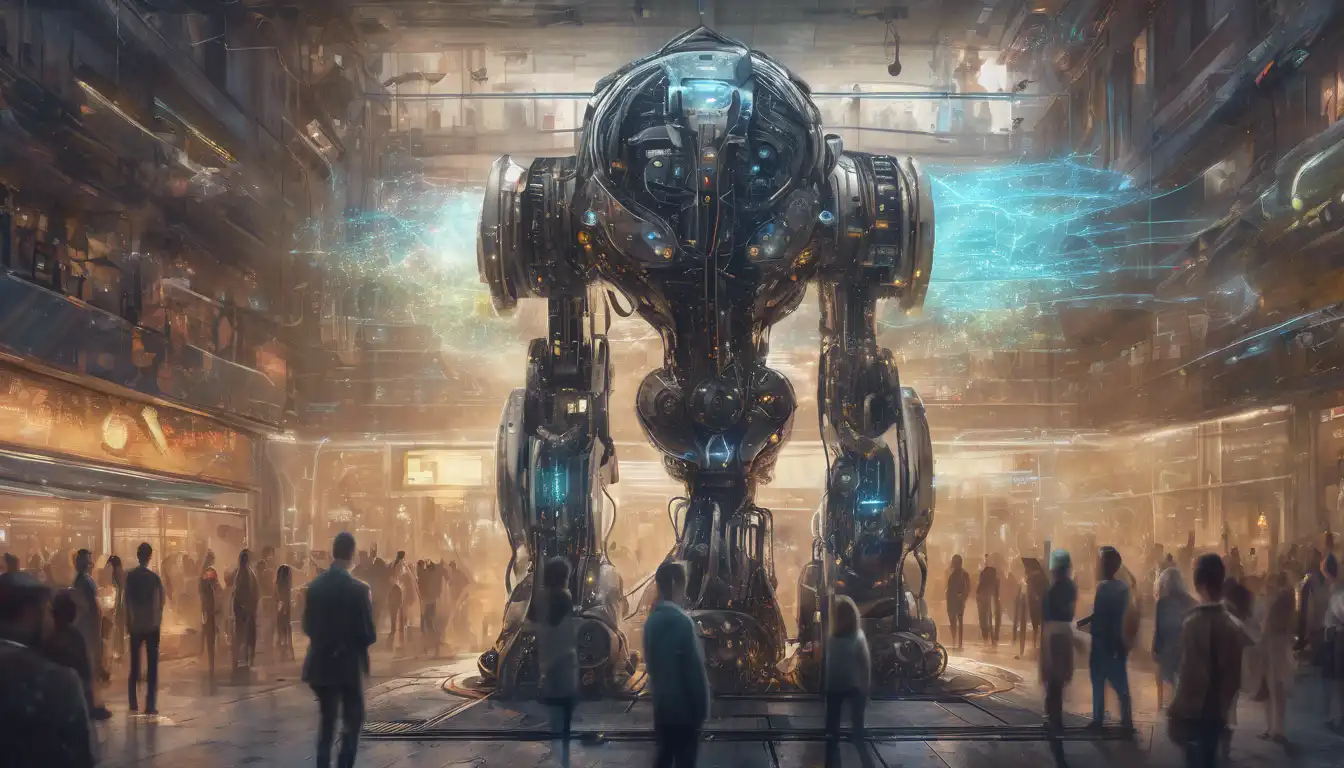Introduction to Machine Learning in Recommendations
Machine learning has revolutionized the way we interact with digital platforms, especially in the realm of personalized recommendations. From streaming services to e-commerce, machine learning algorithms are at the heart of suggesting what movie to watch next or which product to buy. This article delves into how machine learning powers these recommendation systems, making them smarter and more intuitive.
Understanding Recommendation Systems
Recommendation systems are algorithms designed to suggest relevant items to users based on various data points. These systems can be broadly categorized into three types: collaborative filtering, content-based filtering, and hybrid systems that combine both. Machine learning enhances these systems by continuously learning from user interactions, thereby improving the accuracy of recommendations over time.
Collaborative Filtering
Collaborative filtering relies on the behavior of similar users to make recommendations. For example, if User A and User B have similar viewing histories, a movie liked by User B but not yet seen by User A might be recommended to User A. Machine learning algorithms analyze vast amounts of data to identify these patterns and similarities among users.
Content-Based Filtering
Content-based filtering, on the other hand, focuses on the attributes of the items themselves. If a user frequently watches sci-fi movies, the system will recommend other movies within the same genre. Machine learning plays a crucial role in understanding and categorizing the content, as well as learning the user's preferences over time.
The Impact of Machine Learning
Machine learning not only improves the accuracy of recommendations but also enhances the user experience by making systems more adaptive and personalized. For instance, streaming platforms like Netflix and Spotify use machine learning to analyze your past behavior and predict what you might enjoy next. This level of personalization keeps users engaged and increases satisfaction.
Challenges and Solutions
Despite its advantages, implementing machine learning in recommendation systems comes with challenges, such as data sparsity and the cold start problem for new users or items. However, advanced algorithms and techniques like matrix factorization and deep learning are being employed to overcome these hurdles, ensuring that recommendation systems remain effective and efficient.
Future of Recommendation Systems
The future of recommendation systems lies in the further integration of machine learning and artificial intelligence. With advancements in AI, we can expect even more personalized and context-aware recommendations. For example, systems might soon consider your current mood or the time of day to make suggestions, making the experience even more tailored to the individual.
In conclusion, machine learning is the driving force behind the evolution of recommendation systems. By leveraging vast amounts of data and continuously learning from user interactions, these systems are becoming increasingly sophisticated, offering personalized experiences that were unimaginable just a few years ago. As technology advances, we can only expect these systems to get better, making our digital experiences more enjoyable and seamless.
